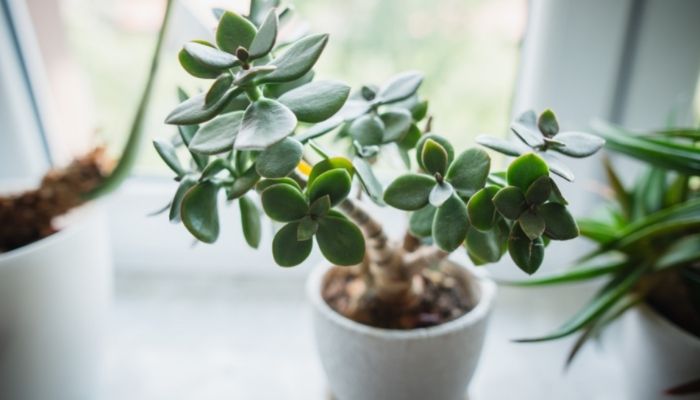People with allergies know that allergens can be sneaky—they hide in unusual places and attack swiftly and silently. If you’ve been feeling out-of-sorts and icky whenever you’re indoors and you can’t determine the reason why, allergens could be lurking in the most secluded nooks and crannies of your home. Here are some of the places where indoor allergy triggers hide, so you can locate their secret base, eliminate them, and say goodbye to unpleasant days full of wheezing, sneezing, and coughing.
The HVAC System
Your HVAC system is supposed to improve indoor air quality, but if common household contaminants infiltrate and obstruct the ducts, the poor thing gets confused and starts doing the exact opposite. Mold or dirt lurking inside the ducts contaminates the fresh air the system pulls from outside, and the system then pumps this air into your home, where it floats from room to room and leaves a terrible trail of triggers behind. To rid the air of allergens, you’ll need to have the HVAC system thoroughly and professionally cleaned.
Candles and Incense
The next place where indoor allergy triggers hide is inside of candles, incense, and other scented home goods. It’s hard to resist a good-smelling candle or stick of incense. But the comforting aroma and ambiance they add to your indoor space might not be worth it for homeowners with allergies or asthma. These fragrant tools can increase the level of volatile organic compounds (VOCs) in the air, which can worsen symptoms of allergies and asthma and cause persistent eye, skin, and nasal inflammation. If you want your home to smell good but don’t want to endure hours of sneezing and coughing, consider purchasing aromatic houseplants or baking a fresh sheet of cookies instead.
Houseplants (Both Real and Fake)
Well, before you head out to purchase some houseplants, you should make sure they won’t become an unintended trigger. Most houseplants are completely hypoallergenic. There’s just one problem: the rich, moisture-heavy soil in the pots is the ideal breeding ground for mold, a common outdoor and indoor allergen. To keep mold from growing, replant any houseplants in sterile soil and avoid overwatering them. Houseplants made from plastic and other synthetic materials are another option, but those come with their own share of problems. Fake plants won’t grow mold, but they can get covered with dust and other contaminants. Luckily, the occasional cleaning and dusting should be enough to keep them allergen free.
































